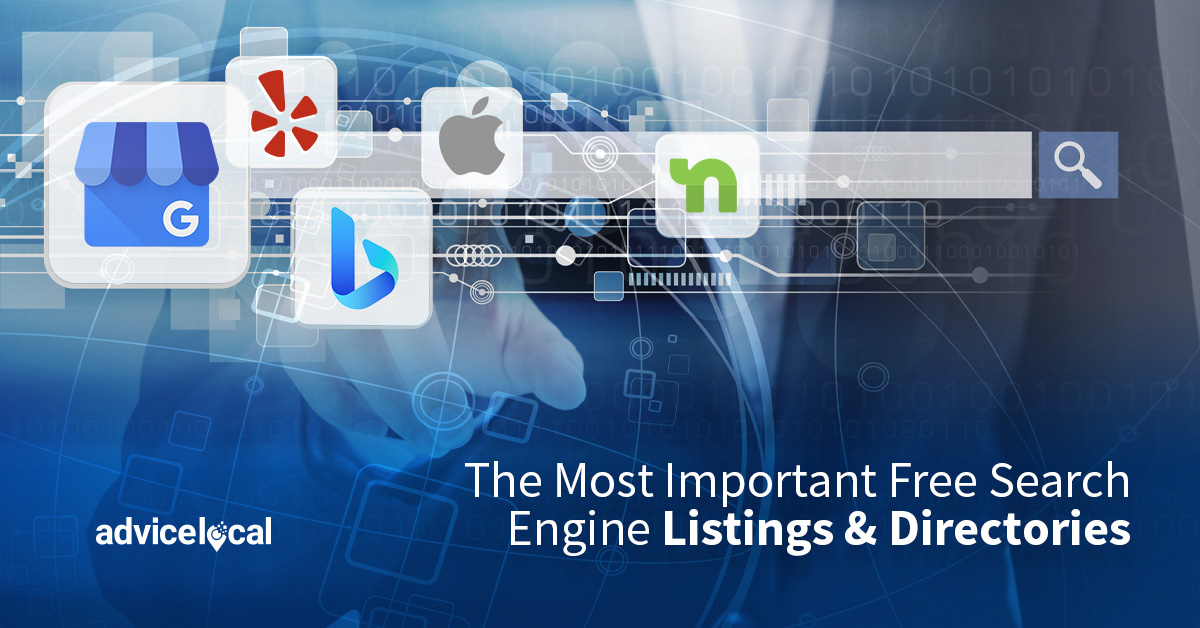The Evolution of Internet Catalogs: Starting with Static Collections to Dynamic Portals
The Evolution of Internet Catalogs: Starting with Static Collections to Dynamic Portals
Blog Article

In the beginning days of the web, traversing the vast extent of data online was a daunting task. Online directories emerged as a answer to this challenge, providing curated directories of sites organized by classification. These unchanging lists provided users a way to discover content based on broad categories, making the internet more reachable during a moment when internet search tools were still in their nascent phase. As the online environment evolved, so too did the concept of organization and accessibility, leading to the development of even more dynamic and complex platforms.
Internet gateways soon began to take shape, transforming the way users engaged with the web. Unlike classic web directories, web portals combined a plethora of services and materials into a unified, cohesive interface, permitting for customized experiences and live information. This evolution not only improved user involvement but also prepared the ground for the even more intricate and versatile platforms we depend on in the present. Realizing the journey from simple directories to dynamic portals reveals much about the changing needs of internet users and the persistent quest for convenience and convenience in our digital lives.
Compare Options
The Initial Stages of Web Directories
In the nascent stages of the internet, web catalogs emerged as vital tools for navigating the disorganized realm of internet content. These directories functioned primarily as static collections, organizing websites based on subjects and themes. Users would often find themselves sifting through extensive, static lists in search of pertinent information, signifying the dawn of an epoch characterized by clarity and limited interactivity.
One of the most notable early web directories was Yahoo, which solidified itself in the mid-1990s. Founded by Jerry Yang and David Filo, Yahoo initially began as a handpicked curated list of preferred websites, transforming into a comprehensive guide that users relied on to find and access diverse online resources. This model of human curation established the tone for the directory landscape, demonstrating the value of arrangement and classification in the online realm.
As more websites emerged, the need for effective browsing tools increased, leading to the creation of additional directories. The initial web directories allowed users to navigate the internet’s vastness but often were missing the dynamic features that would subsequently define more web portals. This period marked a key foundation in the evolution of online navigation, laying the way for advancements and enhancements that would transform how users interact with web-based content.
Transition to Responsive Portals
As the digital landscape evolved, the drawbacks of conventional web directories became increasingly clear. Static lists often provided obsolete information, resulting in a unsatisfactory user experience. To address these problems, developers began designing flexible portals that could not only catalog content but also engage users by delivering personalized experiences. These portals incorporated databases that allowed for real-time updates, ensuring that users always accessed the most current information.
Fluid portals also introduced enhanced discovery functionalities, which surpassed the basic term searches of classic directories. Users could narrow down results based on various parameters such as place, significance, and user ratings, leading to a more customized exploration of available content. This change represented a significant move from merely cataloging websites to assembling comprehensive resources that catered to the diverse needs and likings of users.
Additionally, the rise of crowdsourced content further fueled the move to adaptive portals. Users began contributing reviews, opinions, and video content, enriching the platforms and fostering social interaction. This collaborative aspect not only made such portals more valuable but also established them as trustworthy sources of information. As a result, adaptive portals became vital tools for navigation and discovery on the web, solidifying their place in the cyberspace landscape.
A Future of Web Indexing
Since the digital landscape keeps to develop, the future of web directories will probably see major transformations. With advancements in artificial intelligence and machine learning, web directories are set to become more personalized and intuitive. This progress will allow for personalized content delivery, making it easier for users to find pertinent information swiftly. Enhanced algorithms can predict user preferences and give recommendations based on previous interactions, shifting from a static list to a fluid, user-focused experience.
Additionally, the integration of social media feeds and real-time data will redefine the functionality of web directories. Users will also search for information and engage with content that is continuously updated. This creates a more interactive environment where communities can grow around shared interests found through these directories. The merging of web directories with social interactivity will facilitate networking and collaboration among users, enhancing the overall value of the directory.
In conclusion, as the demand for niche and specialized content rises, web directories will adapt by becoming more robust in their categorization and filtering systems. Future directories may emphasize specific industries, hobbies, or localities, providing a more curated experience. This transformation enables users to sift through vast amounts of information more efficiently, ensuring that web directories remain relevant and essential in navigating the complexities of the internet.
Report this page